15 Best Things to Do in Saitama City, Japan

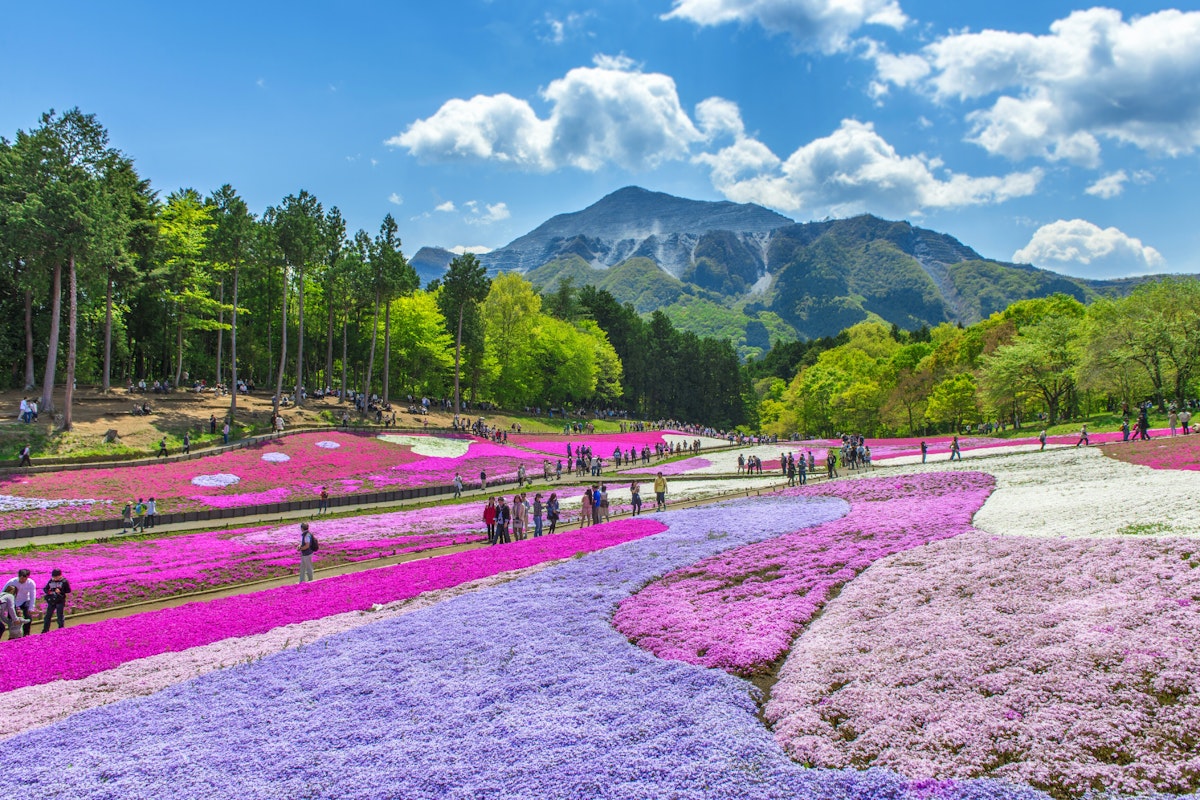
Saitama City, just north of Tokyo, is filled with hidden gems and fascinating spots. It’s the kind of place where you can experience Japan’s rich cultural heritage, natural beauty, and modern lifestyle all in one visit. For a lot of travelers, Saitama may be less known than Tokyo or Kyoto, but it definitely has plenty of unique attractions. Let’s explore the 15 best things you can do in Saitama City.
Top Things to Do and See in Saitama City
Visit the Railway Museum

The Railway Museum is a must-see for train enthusiasts and history buffs. It’s one of the largest train museums in Japan, covering the history of rail transport with actual locomotives and carriages on display.
Kids will love the interactive exhibits, including train-driving simulators. Adults can dive into the detailed models and learn how Japan’s train system became one of the most advanced in the world.
The museum is near Omiya Station, so it’s easy to access if you're coming from Tokyo. Make sure to check out the rooftop garden for an excellent view of passing Shinkansen (bullet trains).
Take a Walk in Omiya Park
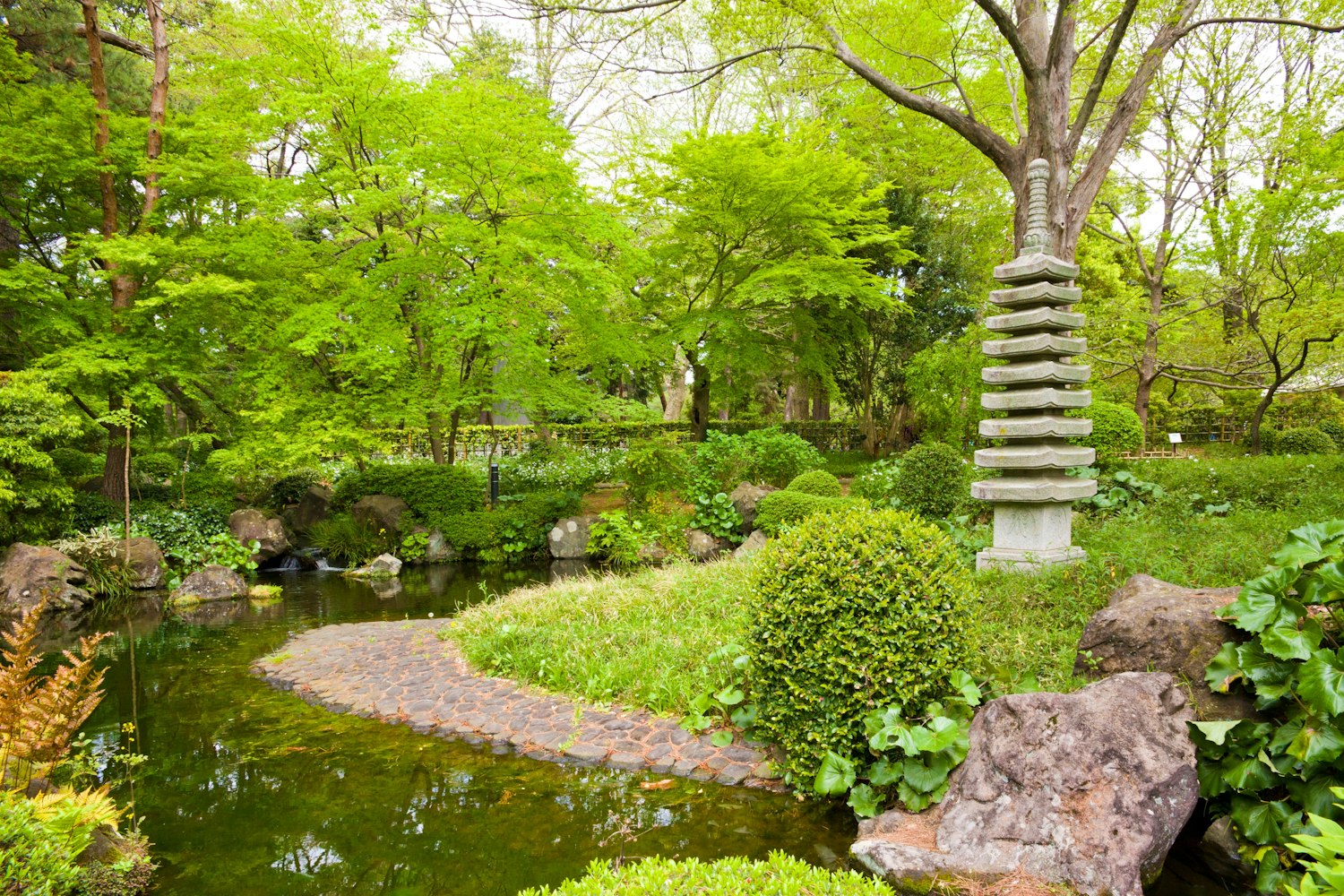
Omiya Park is Saitama’s largest park, known for its beautiful cherry blossoms in spring. If you’re visiting between late March and early April, you’re in for a treat, as the park is filled with sakura trees in full bloom.
There’s more to see beyond the cherry blossoms, though. The park houses a small zoo with animals like deer and monkeys, making it a fun spot for families.
It’s a great place to have a picnic, and there are plenty of paths to explore. The park is also home to Hikawa Shrine, a tranquil place with a history dating back over 2,000 years.
Explore Omiya Bonsai Village
Omiya Bonsai Village is famous worldwide for its collection of stunning bonsai trees. Bonsai enthusiasts and casual visitors alike will find the village fascinating. It’s a whole neighborhood dedicated to the art of bonsai, and some of the gardens have been there for over a century.
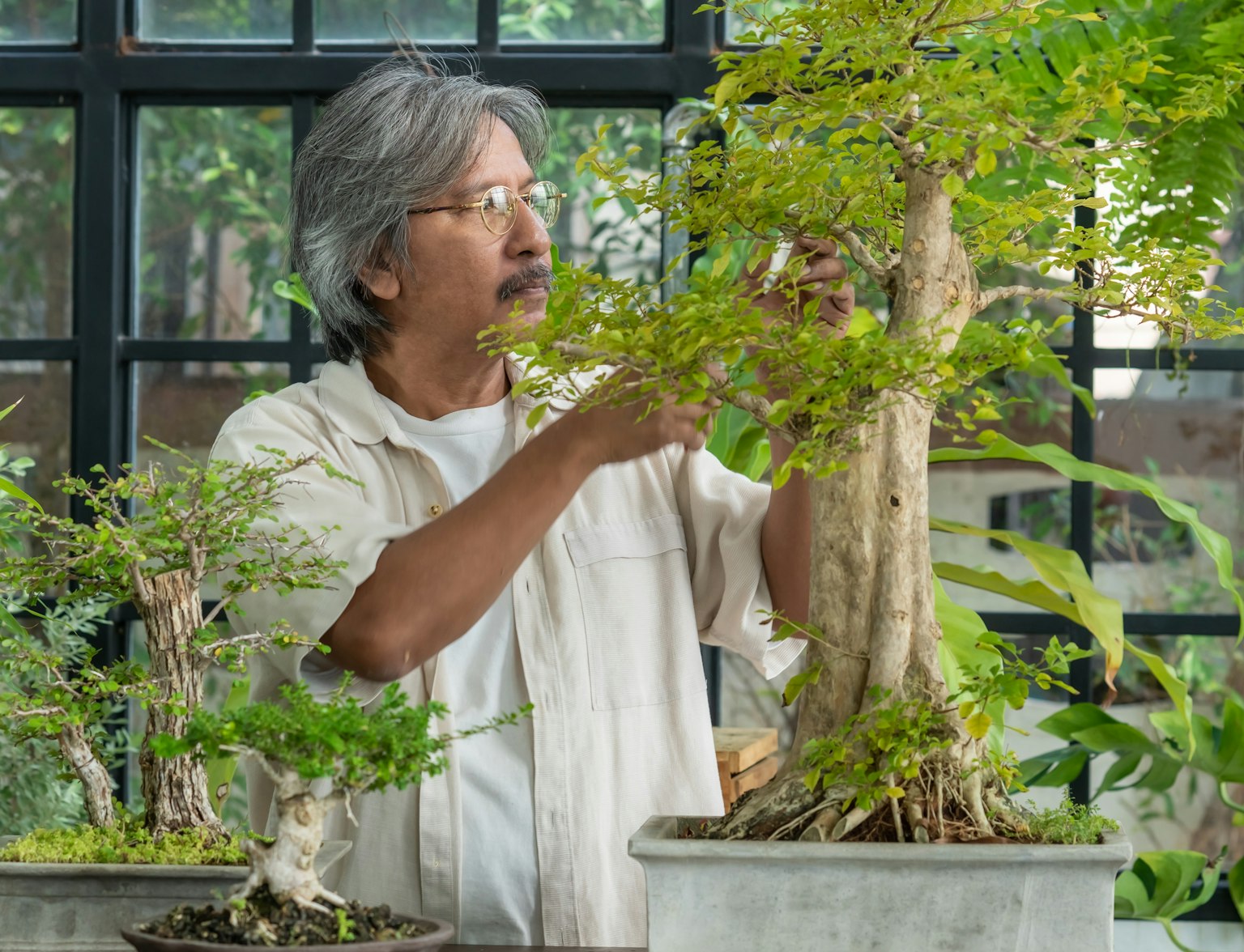
Experience the captivating world of Bonsai with a fascinating tour of the Omiya Bonsai Art Museum and Bonsai Village!
You can visit several bonsai nurseries to see the different types and learn how they’re grown and shaped. The Omiya Bonsai Art Museum, located in the village, offers detailed exhibits on the history and techniques of bonsai-making, with some trees aged over 500 years!
If you’re feeling inspired, some nurseries even offer workshops where you can try your hand at bonsai-making.
Enjoy the Saitama Children's Zoo
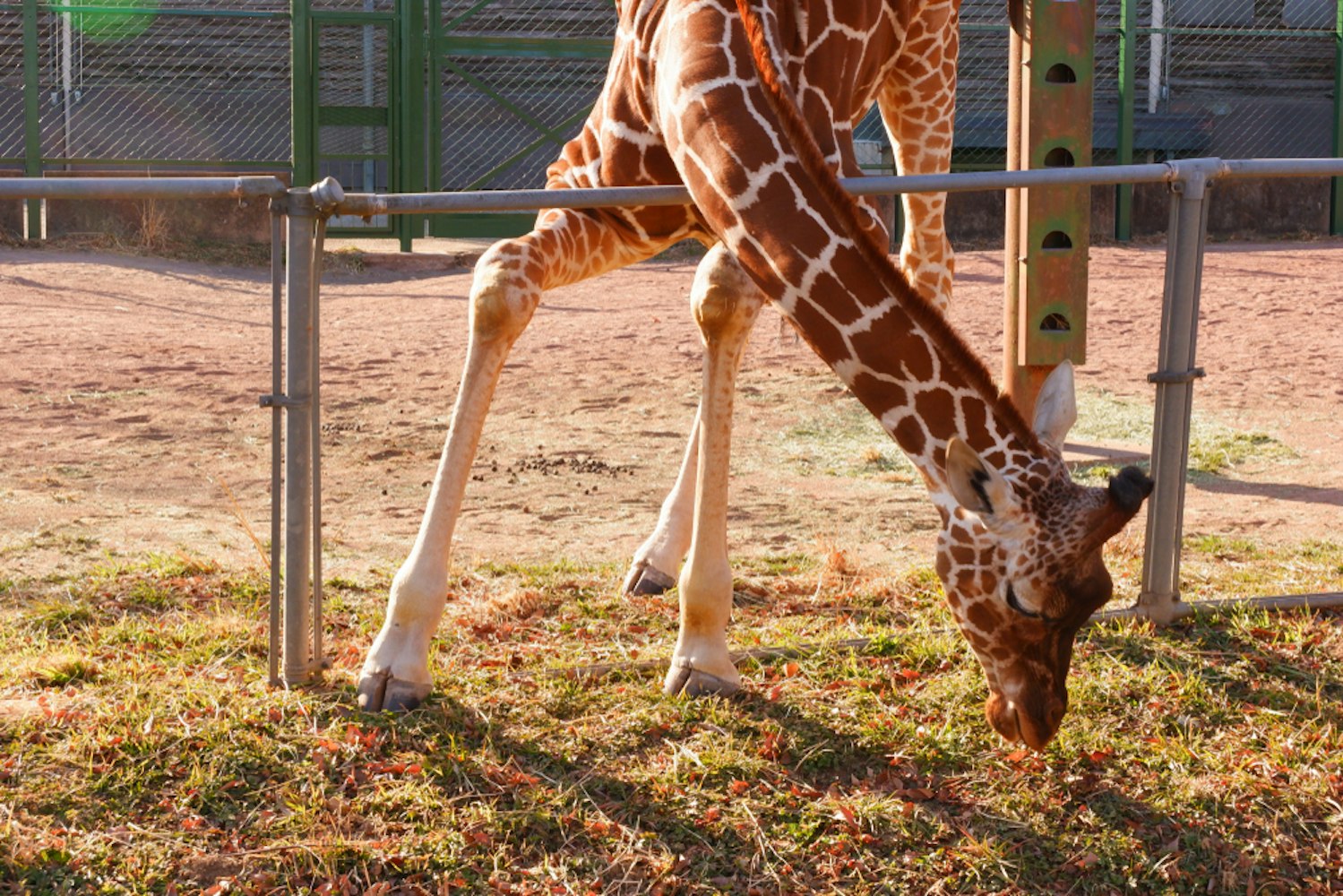
The Saitama Children's Zoo is a perfect day out if you're traveling with kids. The zoo has a variety of animals, from common farm animals like goats and sheep to more exotic creatures such as kangaroos and red pandas.
One highlight is the petting zoo, where children can feed and interact with friendly animals. There’s also a large playground, a mini train ride, and even a small amusement park.
It's more than just a zoo—it’s an educational experience mixed with fun. Don’t forget to bring a packed lunch; the picnic areas offer a nice spot to relax.
Discover the Rich Heritage at Chichibu Shrine
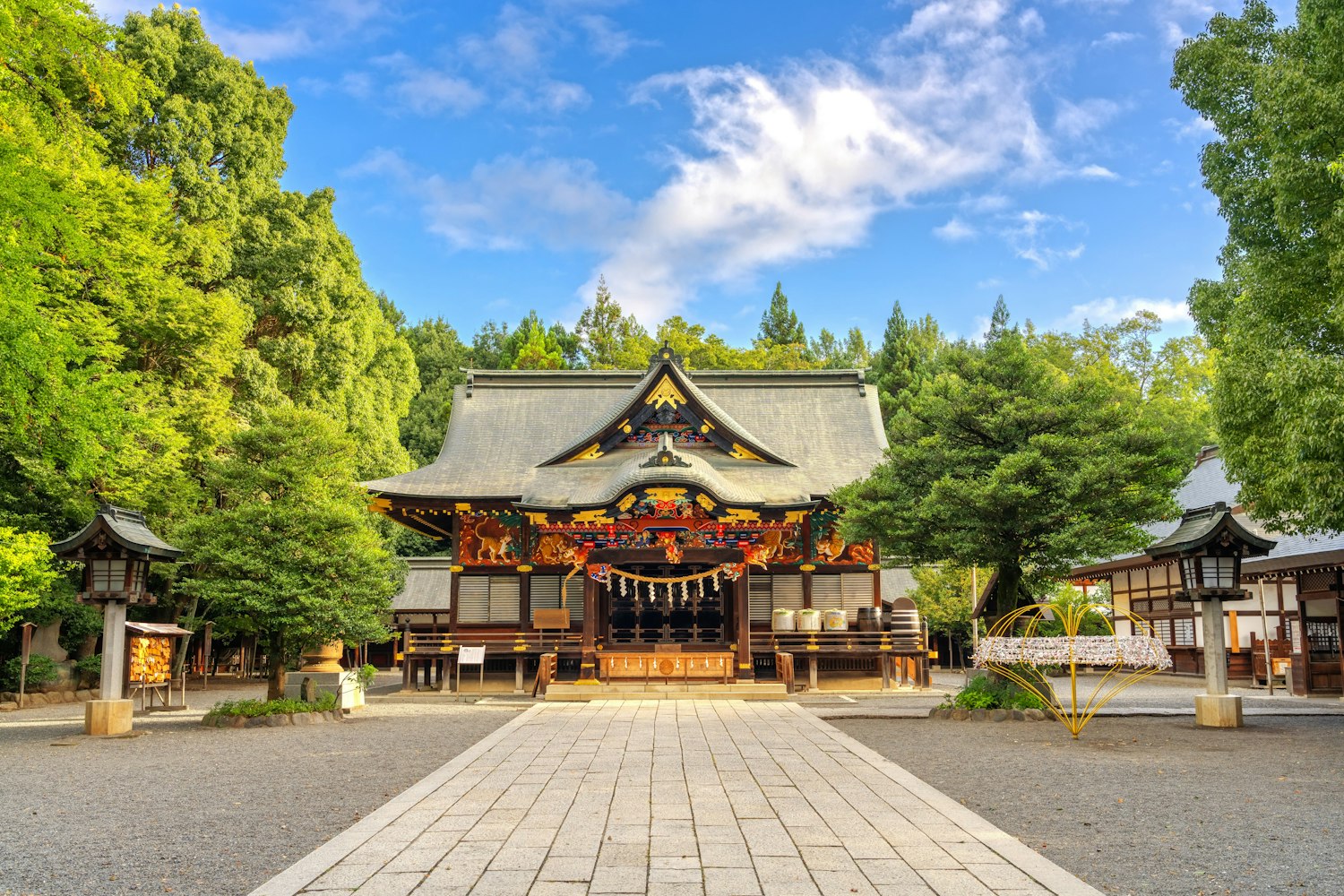
Chichibu Shrine, located in Saitama Prefecture, is one of the oldest shrines in the region, with over 2,000 years of history. The shrine is known for its intricate wood carvings that feature mythical creatures like dragons and tigers.
The carvings are said to be the work of the same artists who crafted the famous Toshogu Shrine in Nikko. Chichibu Shrine is also the heart of the Chichibu Night Festival held every December.
This festival is one of Japan’s top three float festivals and has been designated as an "Important Intangible Folk Cultural Property." The festival is known for its grand parade of floats, fireworks, and lively atmosphere.
Wander Around Johnson Town
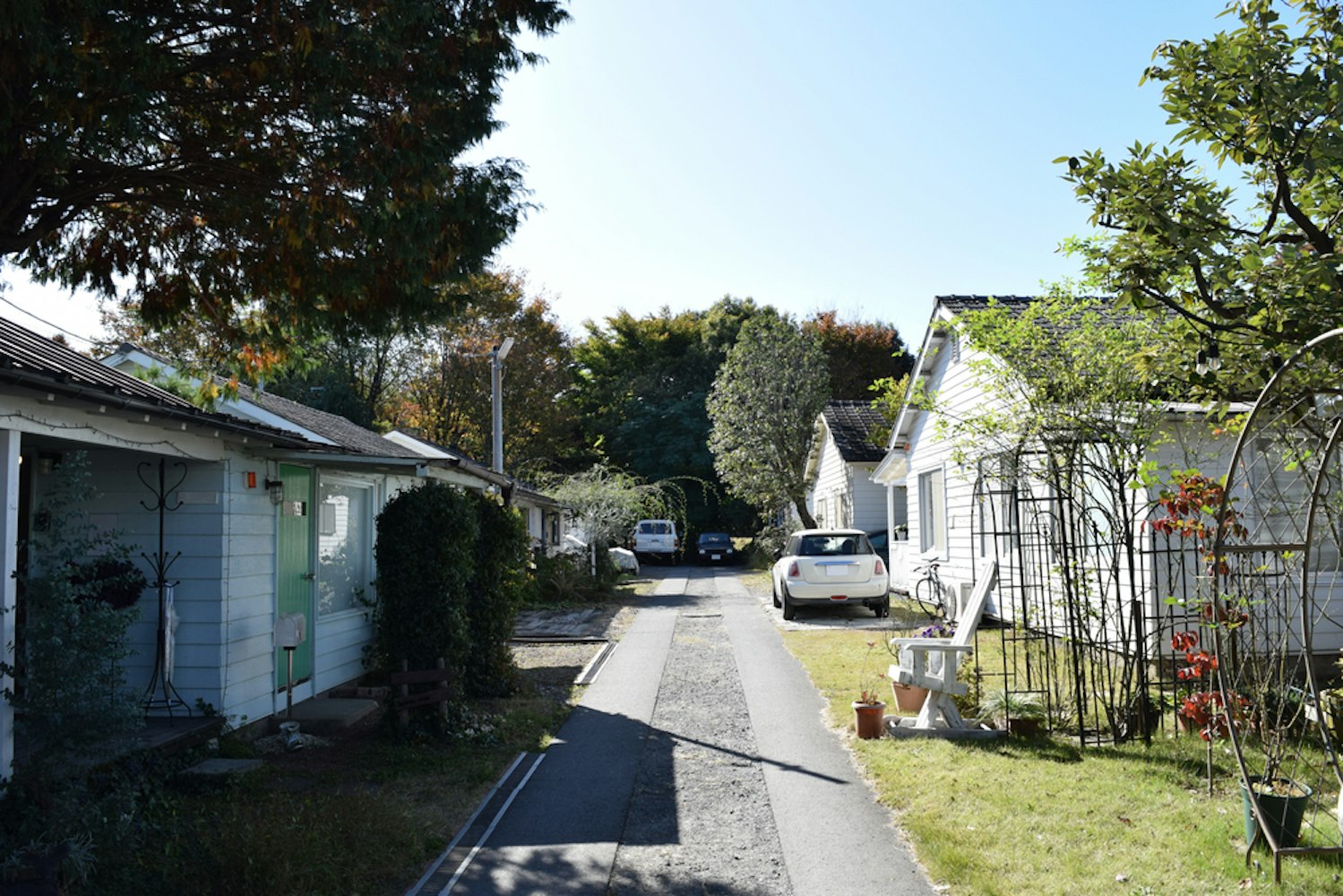
Johnson Town is a quirky neighborhood that feels like a little slice of America in Saitama. The area was originally built as housing for American military personnel stationed in Japan in the 1950s.
Today, it’s been preserved as a nostalgic spot with Western-style homes, cafes, and small shops. Walking around, you’ll notice the unique mix of Japanese and American cultures.
The streets are lined with vintage cars, and some shops sell American goods that are hard to find elsewhere in Japan. It's a great spot for a relaxing afternoon stroll and some retro-inspired photos.
Visit Hikawa Shrine

Hikawa Shrine is the spiritual heart of Saitama, with roots going back over 2,000 years. The shrine is dedicated to the Shinto god Susanoo-no-Mikoto and is considered one of the most significant shrines in the Kanto region.
The approach to the shrine is lined with towering trees, providing a peaceful setting for a leisurely walk. The shrine grounds include smaller shrines, ponds, and stone lanterns, giving a glimpse into traditional Japanese religious practices. It’s particularly busy during New Year’s celebrations when visitors come to pray for good fortune.
Admire Bonsai Art at Omiya Bonsai Art Museum
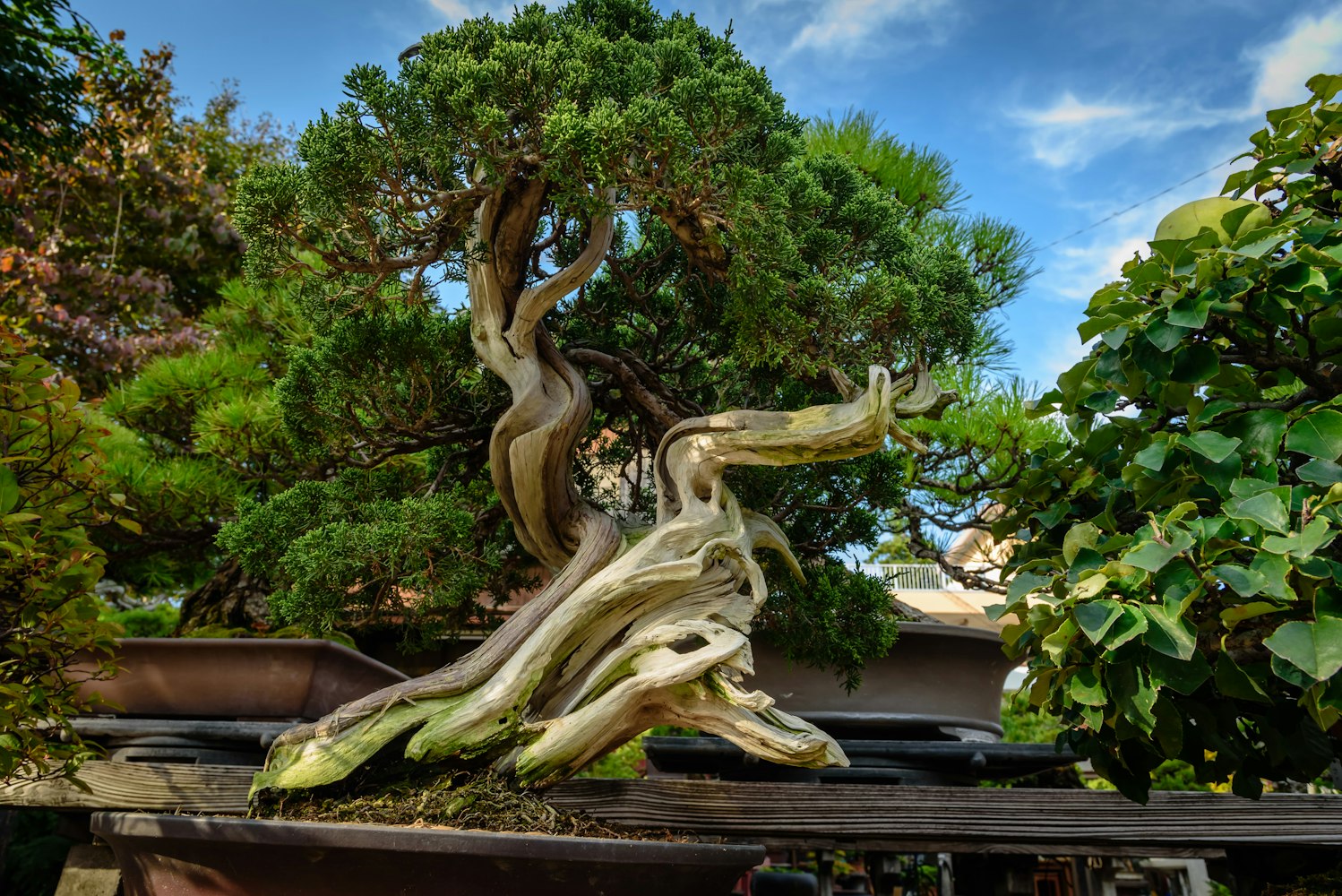
The Omiya Bonsai Art Museum is the first public bonsai museum in Japan. It showcases an impressive collection of bonsai trees, pots, and other artifacts. The museum explains the history and art of bonsai, offering detailed displays that show how these tiny trees are shaped and maintained.
The museum’s garden displays various bonsai styles, from pine and maple trees to flowering varieties like plum and cherry. Visitors can also learn about the philosophies behind bonsai and how this art form connects to nature.
Have Fun at Saitama Super Arena
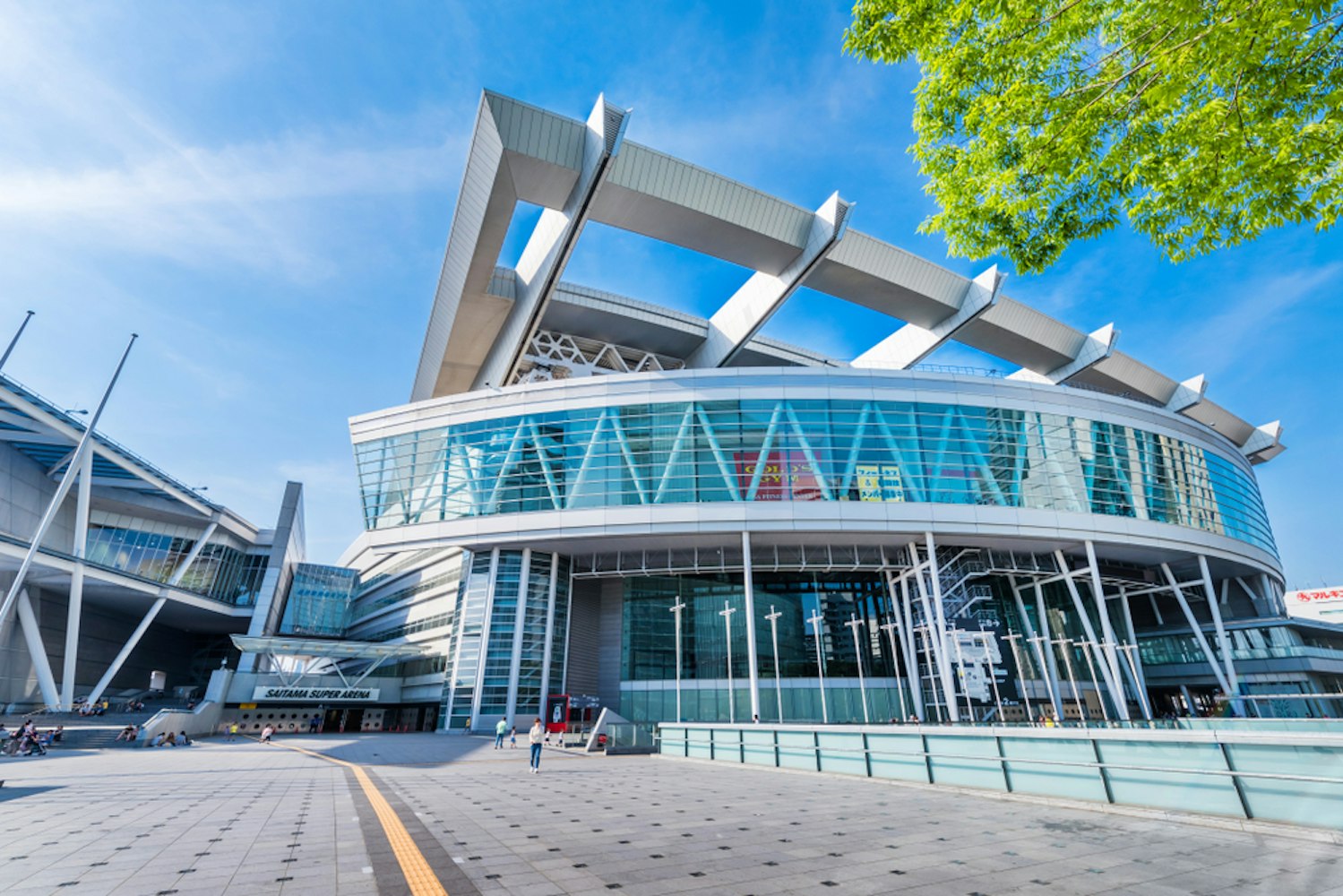
Saitama Super Arena is one of Japan’s premier indoor venues, hosting a wide range of events, from concerts to sports matches. With a seating capacity of up to 37,000, it’s one of the largest arenas in the country.
Over the years, it has hosted some of the biggest music acts from Japan and abroad, along with major sporting events like basketball and mixed martial arts. Even if there’s no event during your visit, the arena itself is a striking architectural landmark worth seeing.
Spend a Day at Mitsumine Shrine
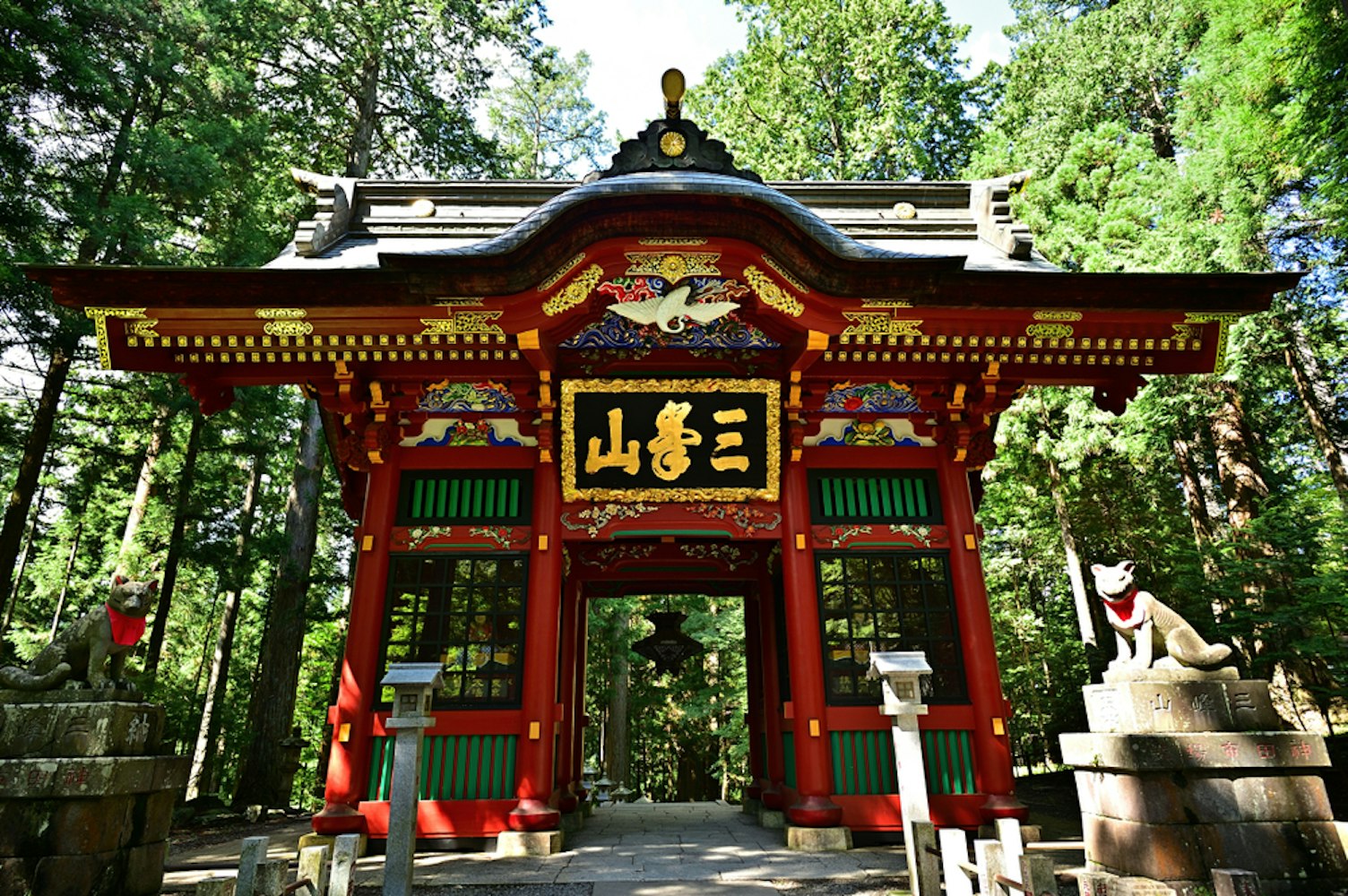
Nestled in the Chichibu Mountains, Mitsumine Shrine is known for its breathtaking natural setting. Located at an altitude of 1,100 meters, the shrine offers a tranquil escape from the city.
The approach to the shrine is lined with towering cedar trees that are believed to be over 800 years old. Visitors often describe the shrine as having a mystical atmosphere.
The site is dedicated to the wolf deity, worshipped for protection and safety. It’s a bit of a drive to get there, but the scenic views and peaceful surroundings make it worth the journey.
Explore Hitsujiyama Park
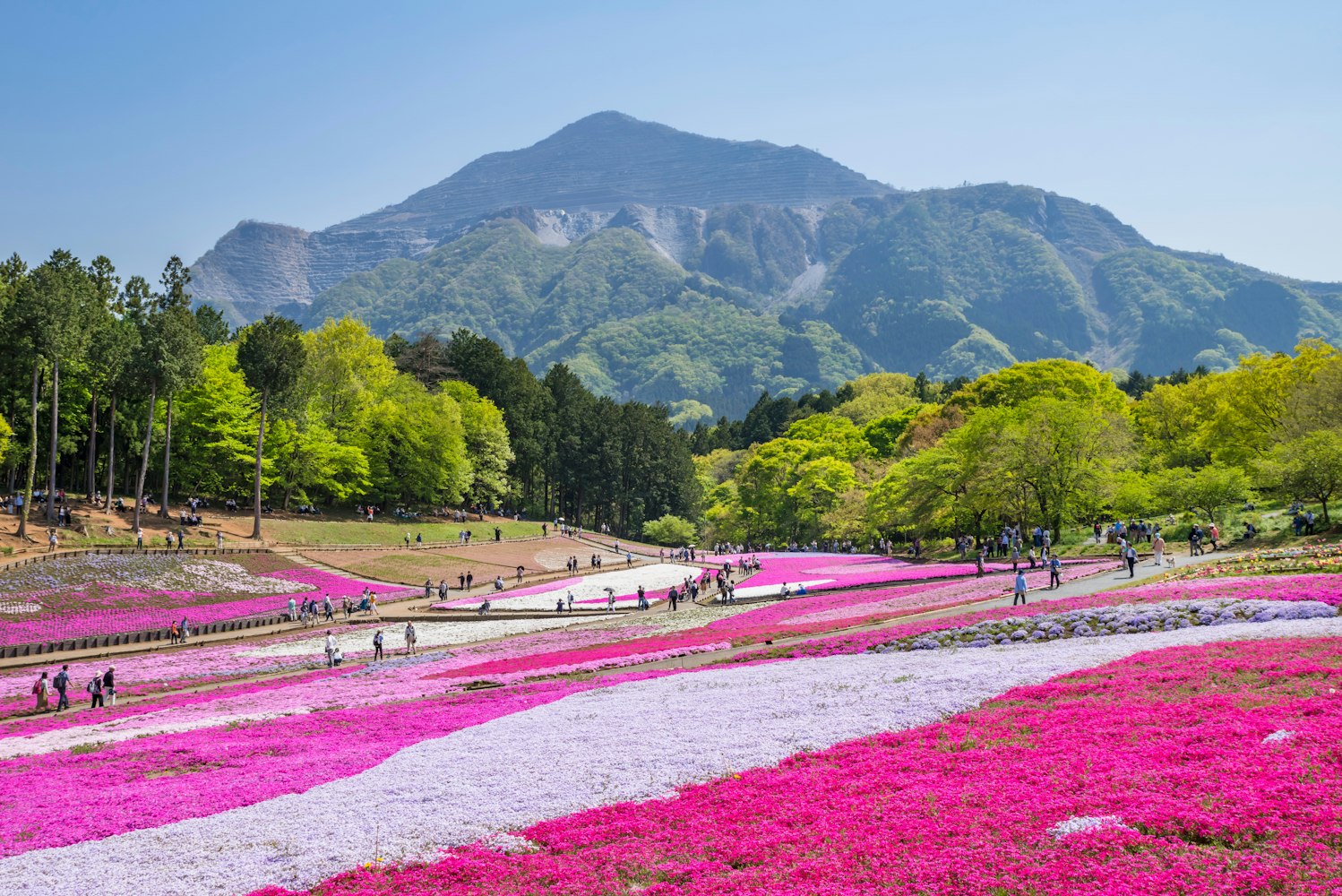
Hitsujiyama Park is a scenic spot in Chichibu, especially popular during the "shibazakura" or pink moss season. From mid-April to early May, the park’s hillside is covered with colorful blooms, creating a stunning carpet of pink, purple, and white flowers.
It’s a photographer’s dream, with Mount Buko as a backdrop, adding to the natural beauty. The park also features a sheep farm where visitors can see and feed sheep, making it a fun stop for families.
Enjoy Outdoor Activities in Hanno City
Hanno City, located in western Saitama, is an outdoor lover’s paradise. It’s surrounded by lush forests, rivers, and mountains, offering plenty of activities like hiking, camping, and river rafting.
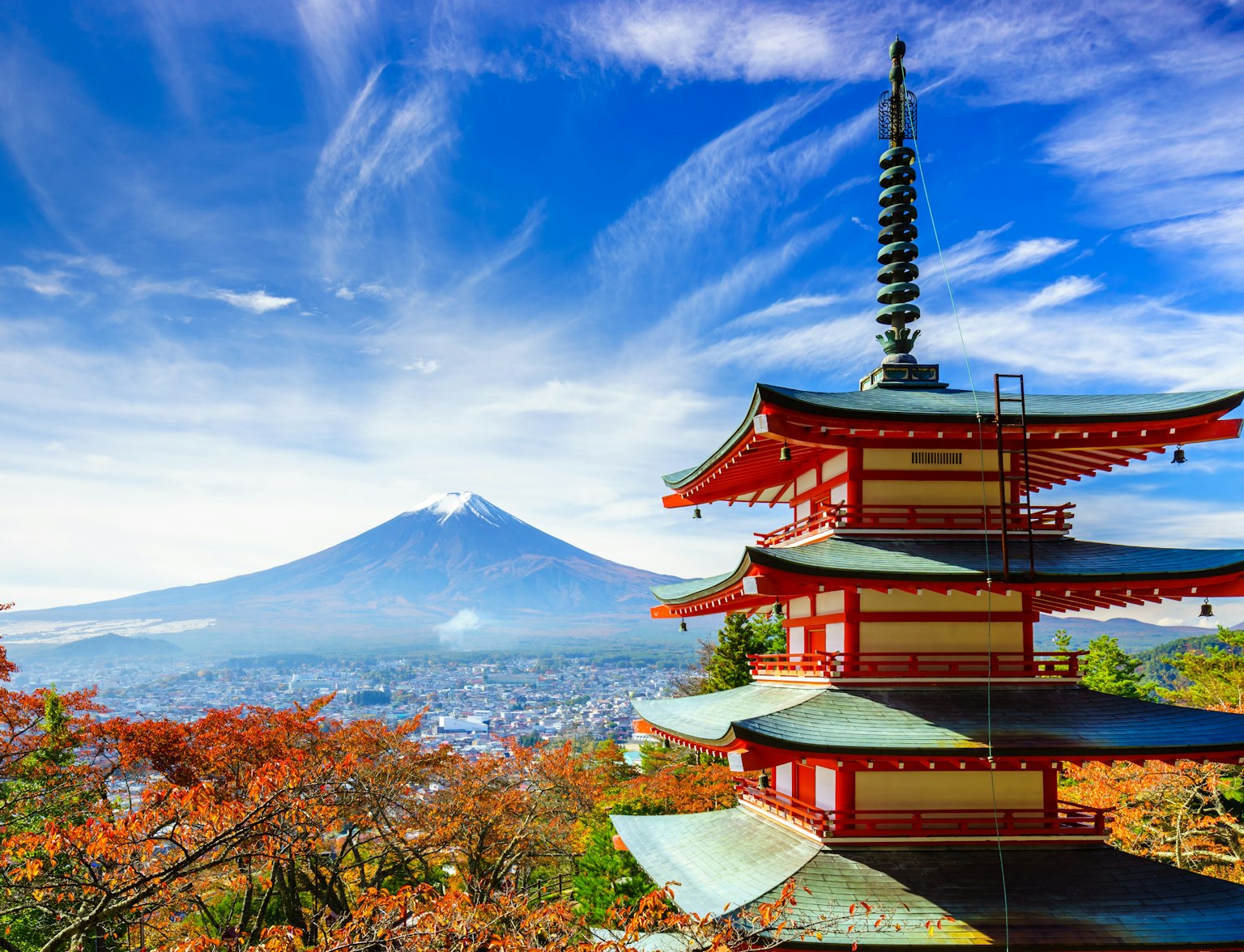
Discover Japan without limits with our all-access JR Pass!
One of the popular spots is Naguri Valley, known for its clear streams and beautiful autumn foliage. If you’re into more leisurely activities, you can visit the local parks or enjoy a relaxing picnic by the riverside.
Relax at Omiya Park Saitama
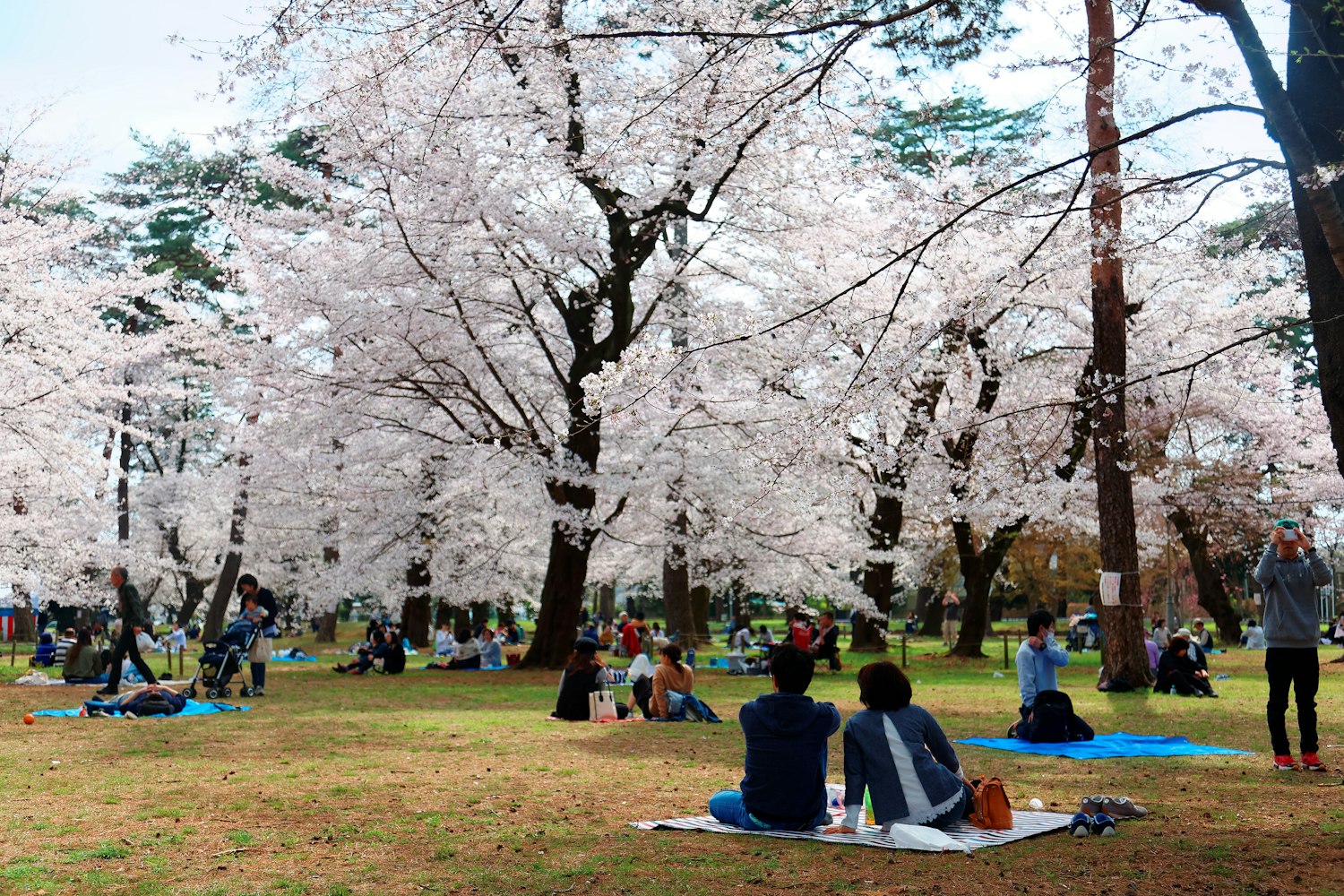
Besides its cherry blossoms, Omiya Park is a year-round destination. The park has a variety of plant life, ponds, and walking paths that change with the seasons.
In autumn, the park is painted with vibrant shades of red and orange, creating a beautiful landscape for nature walks. The small zoo inside the park is home to animals like monkeys, deer, and birds. It’s a fun place to visit, especially if you’re traveling with children.
Discover Kadokawa Culture Museum
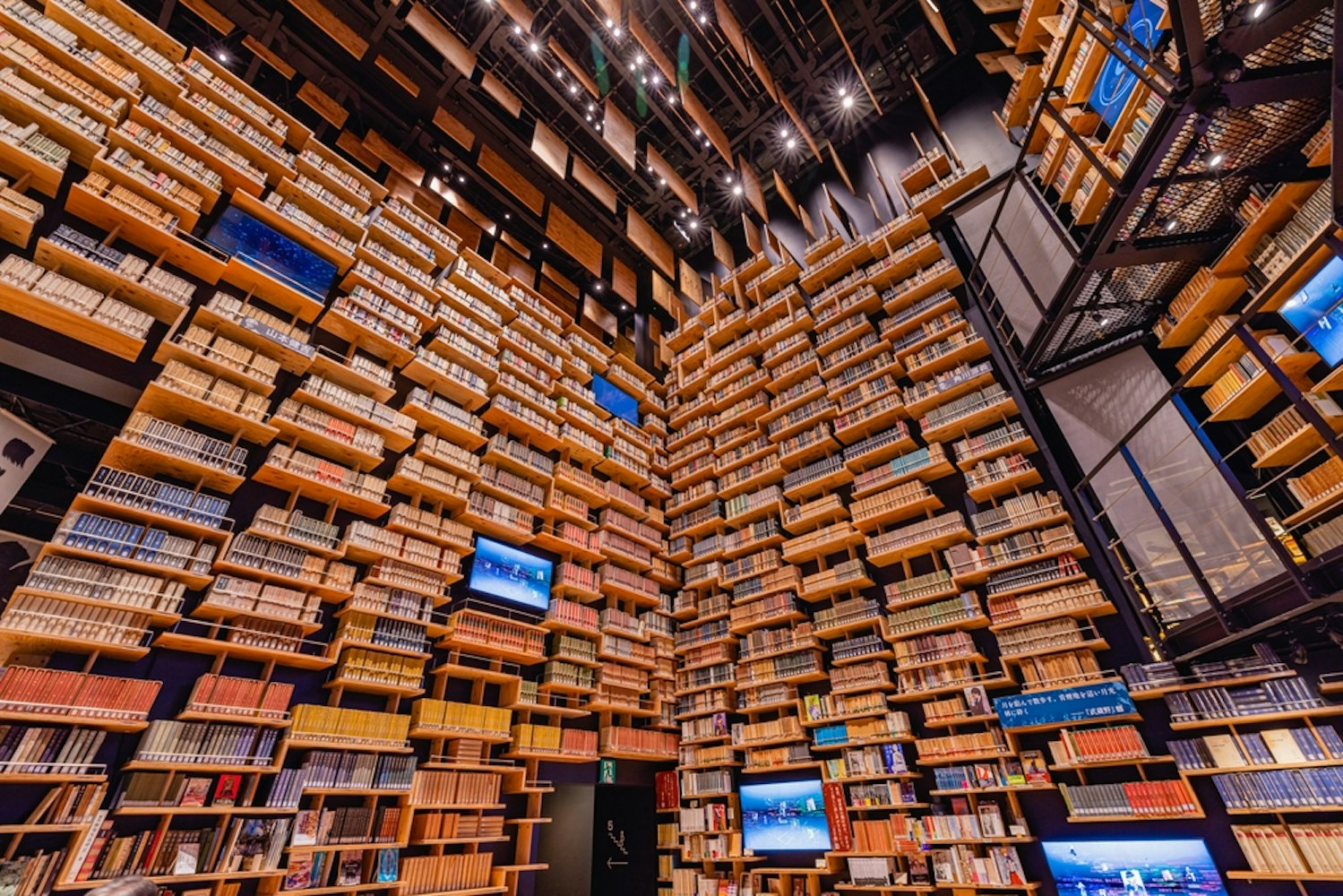
Kadokawa Culture Museum in Tokorozawa is more than just a museum—it’s a multi-purpose cultural space. Designed by the renowned architect Kengo Kuma, the building itself is a masterpiece with its geometric stone façade.
Inside, you’ll find exhibitions of books, manga, anime, and movies. One of the highlights is the “Bookshelf Theater,” a massive space lined with thousands of books, creating a surreal and magical atmosphere. The museum often hosts temporary exhibitions, so there’s always something new to explore.
Wander Around Little Edo (Kawagoe)
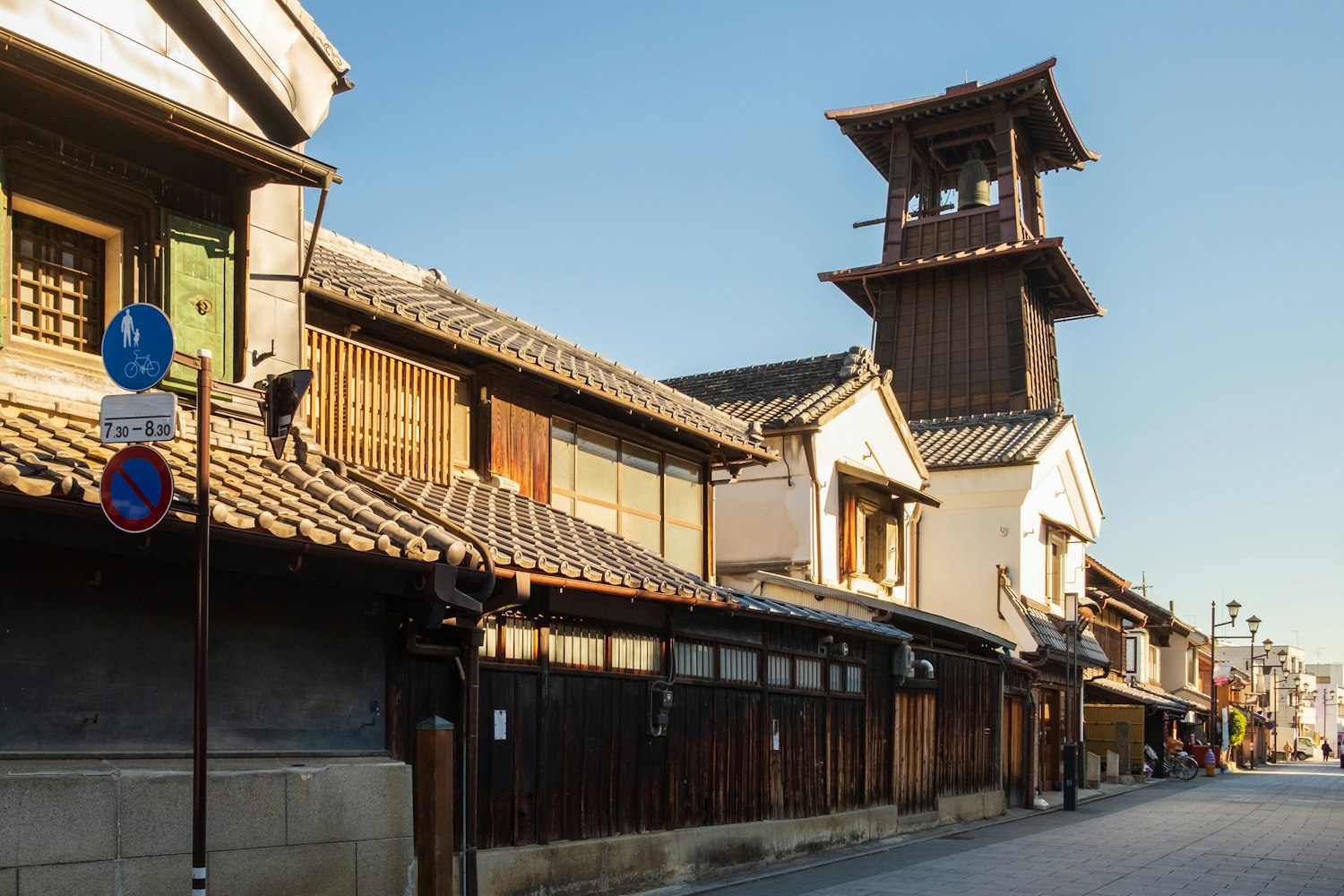
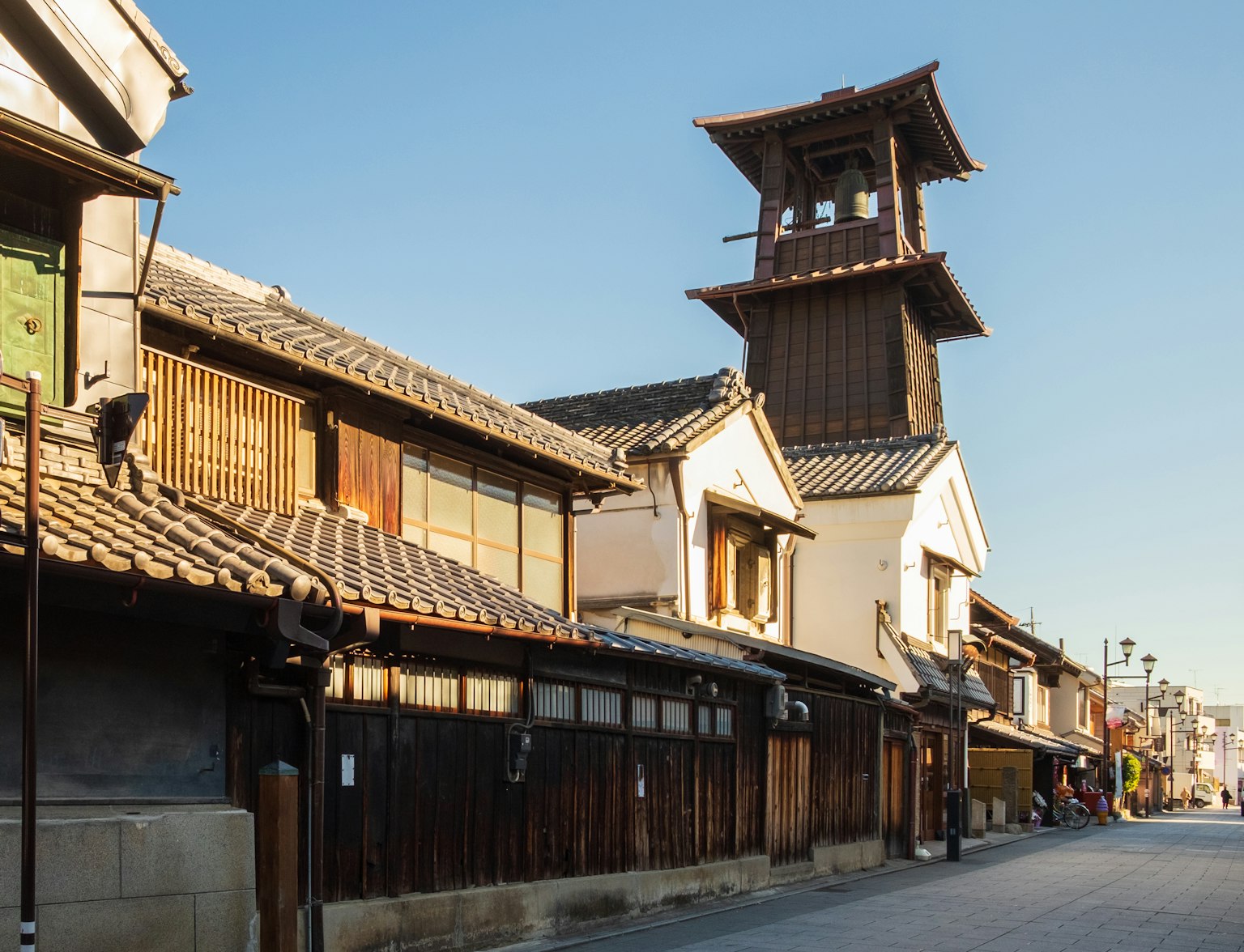
Unleash the wonders of Kawagoe and Chichibu with the Seibu 1-Day Pass.
Making the Most of Your Time in Saitama
Saitama City has a lot to offer for those willing to explore beyond Tokyo. From the tranquility of its parks and shrines to the excitement of museums and local neighborhoods, it’s a place filled with variety.
Whether you're drawn to nature, culture, or unique activities, Saitama provides an experience that captures different sides of Japan. Use this list as a guide to make sure you don't miss out on the city’s best spots.



